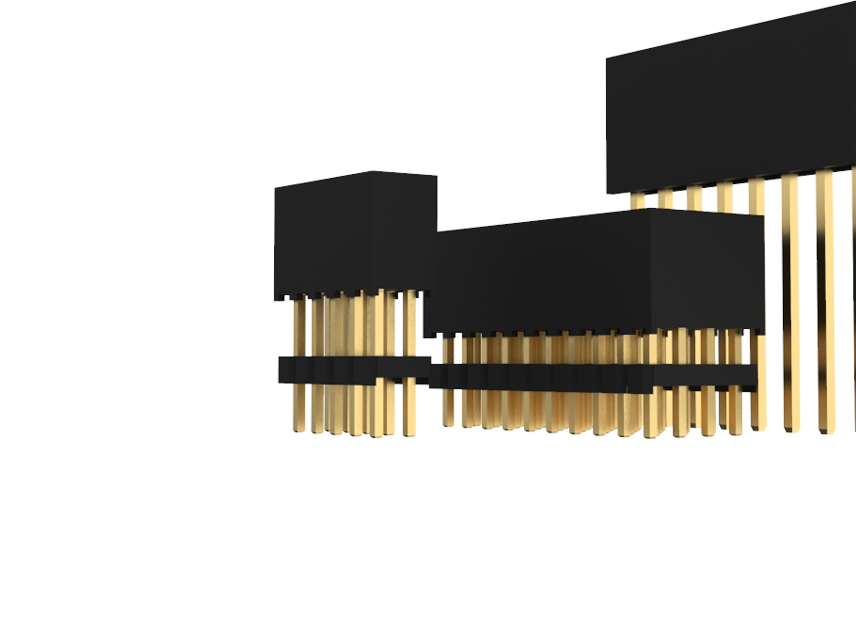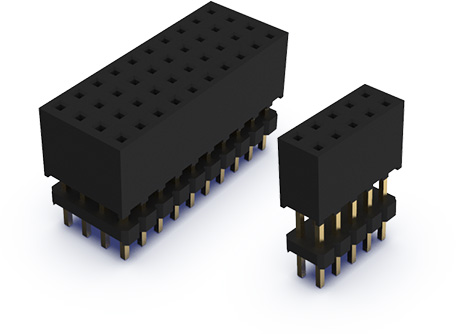|
From July 1st, 2024, GradConn & GCT (both Aloco Group companies) will merge under the GCT brand. The planned completion date is Q1 2025.
All current GradConn products will remain available under their existing part codes for the foreseeable future. Please contact us if you need to re-order.
Please use one of the links below to continue your journey.
Following the merger with GCT your choice of Board-to-Board connectors is now even wider.
GradConn B2B connectors will remain available under the same part code for existing projects. Please contact us as GCT if you need to re-order.
Following the merger with GCT your choice of SIM connectors is now even wider.
GradConn SIM connectors will remain available under the same part code for existing projects. Please contact us as GCT if you need to re-order.
Now that GradConn has fully merged with GCT, the most up-to-date information about our products and releases can be found on the GCT Website.
The GradConn website will remain available for information and contact purposes until Q4 2025.
For any queries or concerns relating to the GradConn website, please Contact Us.

What are stacking sockets and how can they help my design?

GradConn offer elevated PCB stacking sockets in 2.00mm and 2.54mm pitch, in single in line, dual in line, triple in line and quad in line configurations.
Customers often choose to use stacking sockets in applications where complete isolation of pins is required. Generally in parallel PCB stacking the conventional and most economical method is to use a standard socket and elevated header, however elevated header pins are generally exposed and therefore more at risk of shorting. Where shorting and safety is an issue customers may choose a standard pin header and plug to an elevated socket. When mated, header pins are totally enclosed within the body of the female housing.
Customers may also choose to use a thru hole stacking socket as a means of polarisation, for example, if two PCB stackers are required to physically or electrically then using one stacking header and one stacking socket allows operators to plug the PCB's together in the correct orientation.